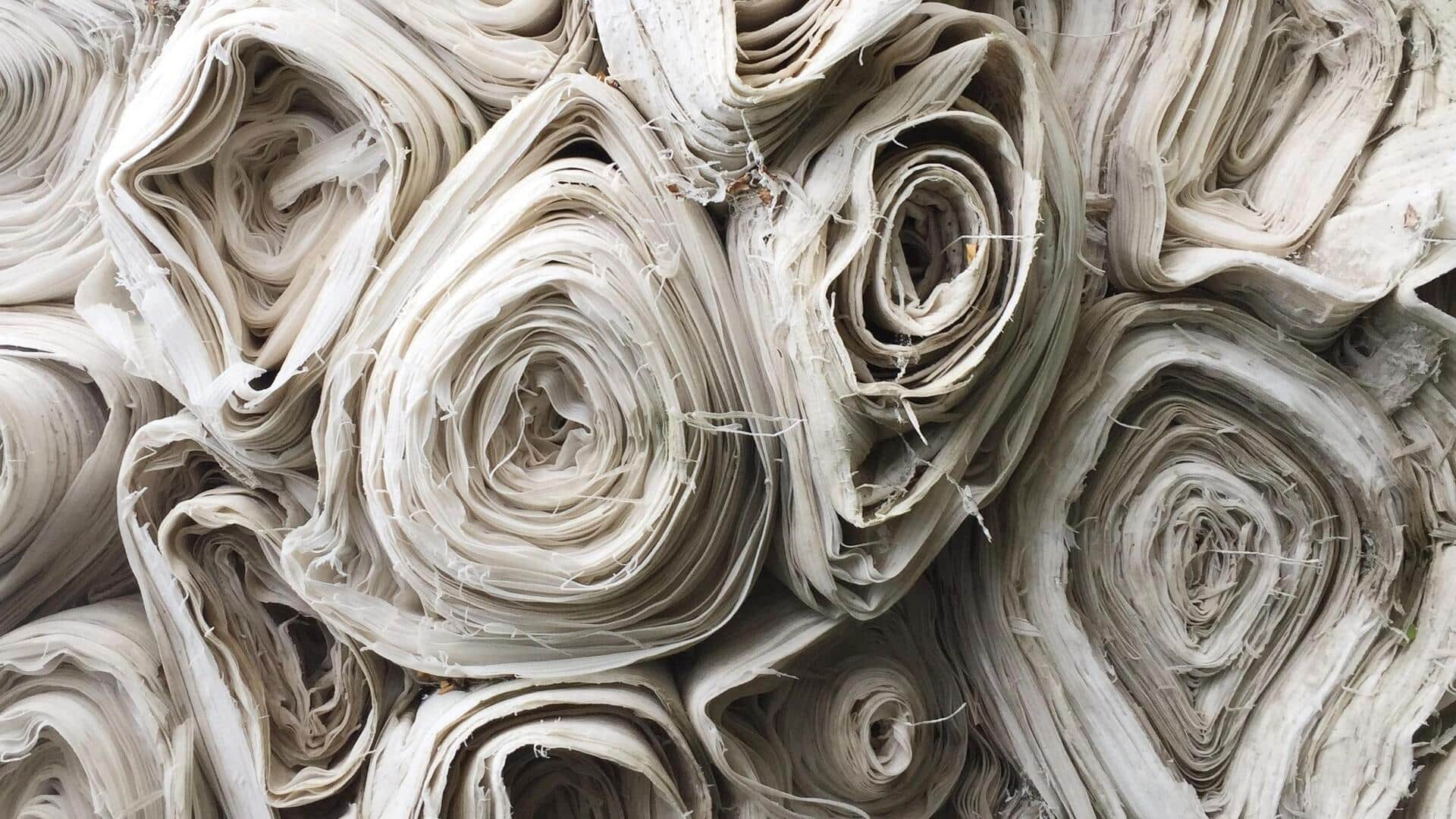
Embracing recycled fabrics in fashion
What's the story
The fashion industry is undergoing a transformative shift toward sustainability, with recycled fabrics at the forefront of this movement. This article delves into the innovative uses of such materials, offering insights into how they're reshaping fashion. By exploring the background, key concepts, and practical advice on incorporating recycled fabrics into your wardrobe, we aim to inspire a more eco-conscious approach to fashion.
Background
The rise of recycled fabrics
Recycled fabrics are becoming popular as the fashion industry aims to lessen its environmental impact. These materials come from pre- and post-consumer waste like plastic bottles, old textiles, and fishing nets. The process includes collecting, sorting, and converting this waste into high-quality fibers for new fabrics. This reduces landfill waste and saves water and energy compared to traditional fabric production methods.
Key concept
Innovation in textile recycling
Innovation in textile recycling goes beyond repurposing old materials; it involves creating textiles that are as good as or better than new. Mechanical recycling is being refined to preserve fiber quality, while chemical recycling disassembles fabrics to their molecular level. This enables the production of new fibers for indefinite reuse, supporting a circular economy in fashion.
Practical advice 1
How to incorporate recycled fabrics
Begin by examining labels while shopping; actively search for items crafted from recycled materials such as polyester or nylon. Numerous brands now prominently feature their use of recycled fabrics in both online and in-store product descriptions. Furthermore, consider supporting small businesses and designers dedicated to sustainable fashion. These innovators often lead the way in creatively utilizing recycled materials, setting trends for eco-conscious fashion.
Practical advice 2
Beyond clothing: Accessories & home decor
Recycled fabrics are expanding into accessories and home decor, covering bags, shoes, jewelry, rugs, and upholstery. When seeking these items, prioritize those made with recycled content to aid sustainability across consumer goods sectors. By incorporating recycled fabrics in our wardrobes and living spaces, we contribute to a sustainable future for our planet—one garment and item at a time.